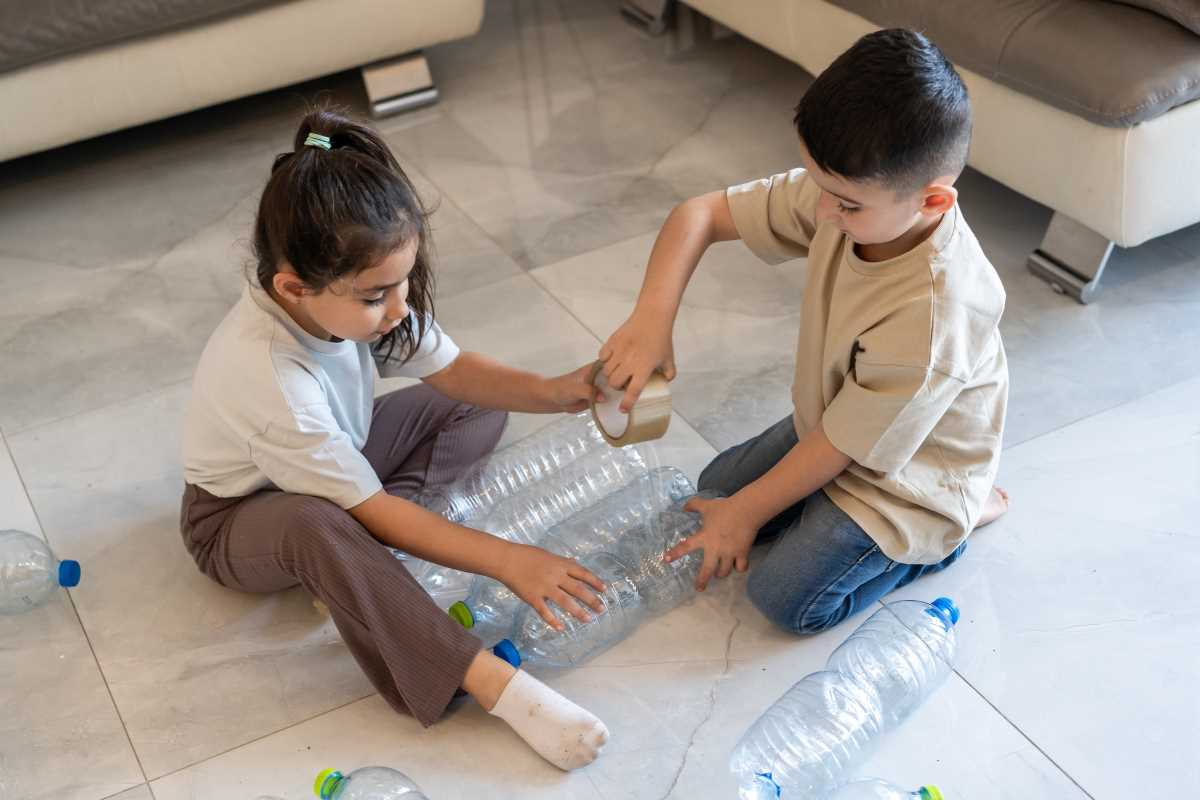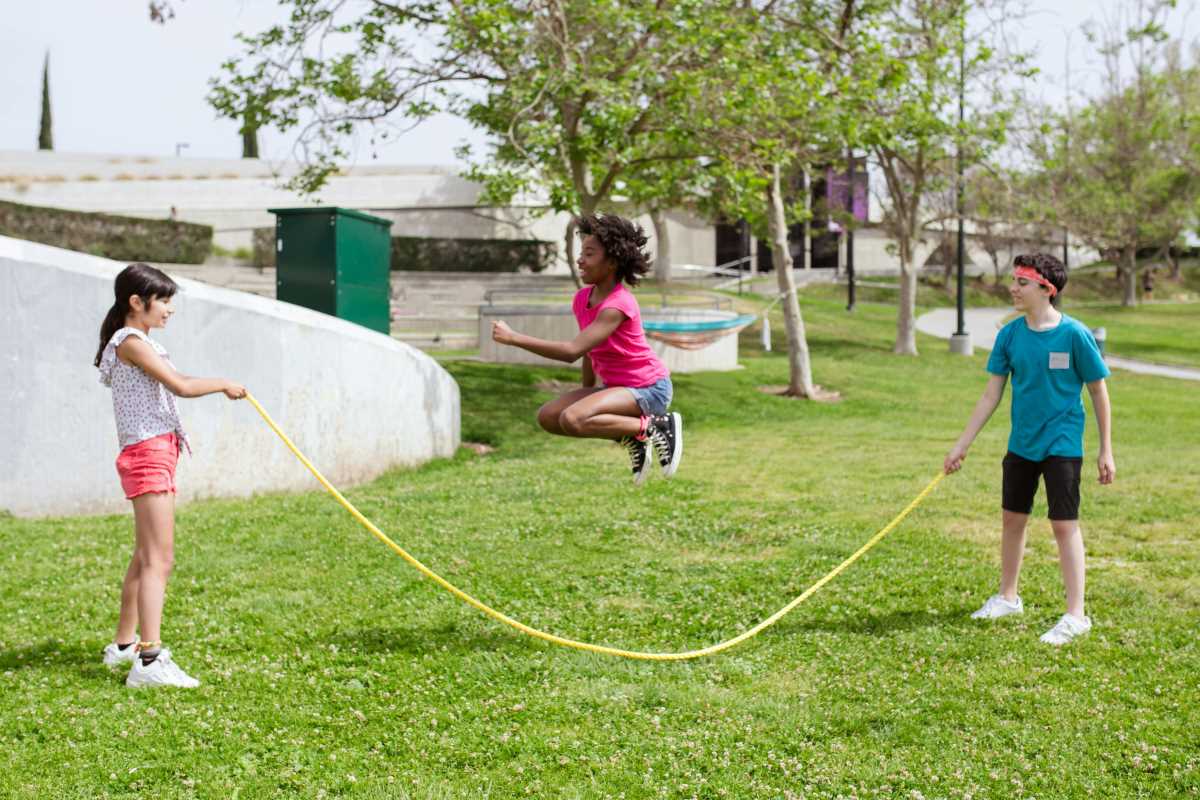Children who develop strong emotional intelligence are better equipped to handle life’s challenges, build positive relationships, and succeed both academically and personally. Emotional intelligence (often called EQ) helps kids understand themselves and others, laying a foundation for resilience, empathy, and effective communication. The good news? Parents can nurture EQ without turning it into a chore! With simple, enjoyable activities, you can weave emotional growth into everyday life. Here’s a comprehensive guide for getting started.
What is Emotional Intelligence?
Before jumping into activities, it’s helpful to understand what emotional intelligence truly means. EQ is the ability to recognize, understand, and manage both our own emotions and those of others. Unlike IQ, which focuses on cognitive abilities, EQ centers on emotional and social skills. These skills include:
- Self-awareness: Recognizing your emotions and their impact.
- Self-regulation: Managing your feelings and impulses.
- Social awareness: Understanding and empathizing with others' emotions.
- Relationship management: Navigating interactions effectively and resolving conflicts.
Teaching these skills early gives children tools that will benefit them for a lifetime.
Why Does Emotional Intelligence Matter for Kids?
Children with strong EQ tend to:
- Handle stress better.
- Build healthier relationships.
- Perform well academically.
- Have higher levels of happiness and self-esteem.
- Show resilience in the face of challenges.
Research has shown that emotional intelligence is just as important as cognitive skills when it comes to success. It helps kids become not only good students but also compassionate friends, thoughtful siblings, and responsible decision-makers. The earlier you start nurturing these skills, the stronger their foundation for life will be.
Fun Activities to Develop Emotional Intelligence
Learning about emotions doesn’t have to feel like a lecture or too serious. By incorporating games, stories, and creative activities, you can make EQ-building fun and impactful.
Emotion Charades
Play a lively game of charades with an emotional twist.
- Have your child pick an emotion (such as happy, frustrated, surprised, or shy) and act it out without speaking.
- Other family members try to guess the emotion.
- Discuss when they’ve all felt that way and what helped them handle those emotions.
What this teaches: Recognizing and labeling emotions in themselves and others. It also encourages empathy by stepping into another’s feelings.
The Feelings Thermometer
Visual tools can be powerful for young learners.
- Create a “feelings thermometer” together, color-coding each section from calm (blue) to angry (red) with intermediate feelings in between.
- Throughout the day, check in with your child and ask them to point to where they are on the thermometer.
- Use this tool to help them identify emotions before taking steps to self-regulate.
What this teaches: Emotional self-regulation and awareness.
Feelings Journal
Expressing feelings in a creative way can be incredibly therapeutic.
- Provide your child with a notebook for a “feelings journal.”
- Encourage them to draw, write, or decorate it with stickers to show how they felt each day and why.
- Use prompts like, “What made you laugh the most today?” or “What surprised you?”
At the end of the week, sit together, review their entries, and talk about patterns or ways to handle tricky situations.
What this teaches: Self-expression, reflection, and understanding emotion triggers.
The Thank You Game
Practicing gratitude can improve kids’ mood and empathy.
- At dinner or before bed, take turns saying something specific you appreciate about someone in the family.
- For example, “Thank you for helping me clean up my toys without being asked,” or “I appreciate how you smiled at me when I was feeling upset earlier.”
Over time, this small habit cultivates positivity and stronger family bonds.
What this teaches: Gratitude, empathy, and constructive communication.
Storytime with a Twist
Every story is packed with emotional lessons. Use reading time as an opportunity to explore emotions and behaviors.
- Pause during a story to discuss how the characters might be feeling.
- Ask open-ended questions like, “Why do you think she’s sad?” or “Have you ever felt like that?”
- Have your child brainstorm what the character could do next and predict consequences of their actions.
What this teaches: Social awareness, empathy, and perspective-taking.
Problem-Solving Together
Conflict is natural, especially among siblings or friends. Rather than stepping in to solve problems for your child, use them as teaching moments.
- Encourage your child to express their feelings and concerns.
- Work together to brainstorm solutions. For example, if they argue over toys, help them think of ways to share or take turns.
- Praise their problem-solving efforts, even if the solution isn’t perfect.
What this teaches: Emotional control, communication, and conflict resolution.
Mirror, Mirror Game
Mirroring is a fun activity that sharpens awareness of body language and non-verbal emotions.
- Sit facing your child and make different expressions (like worried, excited, or confused).
- Have them copy your expression back to you.
- Switch roles, letting your child take the lead.
What this teaches: Recognizing subtle emotional cues and improving non-verbal communication.
Create Emotion Masks
This artistic activity taps into creativity while helping children process emotions.
- Provide paper plates, markers, glitter, and other craft supplies.
- Ask your child to make a mask for emotions like happiness, anger, or fear.
- Once complete, use the masks to talk about what each emotion looks like and feels like, as well as coping strategies for strong emotions.
What this teaches: Emotional awareness, creativity, and coping tactics.
Practical Tips for Parents
Integrating EQ-building into daily life doesn’t have to take much time. Here are some simple strategies to make emotional learning part of your routine:
1. Model Emotional Intelligence
Your kids are always watching you. Set an example by openly talking about your feelings and how you handle them. For instance:
- “I’m feeling overwhelmed right now, so I’m going to take a deep breath.”
- “I’m really excited about our weekend plans! How about you?”
This shows them that experiencing emotions is natural and teachable, even for adults.
2. Teach Through Empathy
- Point out others’ emotions during everyday activities such as shopping or watching movies. For example, “That person looks upset. What do you think happened?”
- Encourage your child to consider how their actions affect others by asking reflective questions like, “How do you think sharing that toy made your brother feel?”
3. Be a Safe Space
Children learn best when they don’t feel embarrassed or judged. Create an environment where they feel safe to share, even on tough days. Practice active listening, staying patient, and encouraging phrases like, “It’s okay to cry,” or “I see that made you frustrated.”
4. Celebrate Efforts, Not Outcomes
Acknowledge every step your child takes toward managing or understanding emotions. For instance:
- “I noticed you stopped and took a deep breath when you were frustrated. That took a lot of self-control!”
- “You helped your friend when she fell—that was so kind.”
Even small accomplishments reinforce positive behaviors.
5. Don’t Solve Every Problem
Though it’s tempting to jump in, stepping back allows kids to build resilience. Guide them to think through situations on their own by asking, “What do you think you should do?” rather than providing answers.
Helping your child build emotional intelligence doesn’t need to feel like an extra assignment. These playful activities and conversations make emotional growth an enjoyable part of their day. Over time, they’ll gain the tools they need to understand their emotions, empathize with others, and form meaningful connections.







